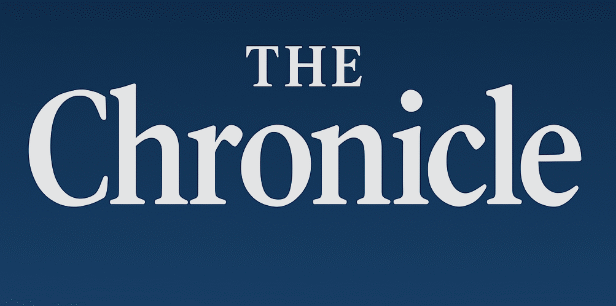The Tragic Death of Princess Diana: A Look Back at the Fatal Paris Car Crash, Its Global Impact, Conspiracy Theories, and the Lasting Legacy of the People’s Princess!
On the night of August 31, 1997, the world was shaken by the tragic death of Diana, Princess of Wales, following a horrific car crash in the Pont de l’Alma tunnel in Paris, France. The accident, which also claimed the lives of her companion Dodi Fayed and driver Henri Paul, left the global public in mourning and sparked decades of speculation, conspiracy theories, and intense scrutiny of the role of the media in the lives of public figures.
The Fatal Night in Paris
Diana and Dodi Fayed, the son of Egyptian billionaire Mohamed Al-Fayed, had been romantically linked for months before the accident. On the evening of August 30, the couple dined at the Ritz Hotel in Paris, which was owned by Fayed’s family. In an attempt to evade the paparazzi, they left the hotel shortly after midnight in a black Mercedes-Benz S280. Their driver, Henri Paul, was the acting security manager at the Ritz.
Accompanied by bodyguard Trevor Rees-Jones, the vehicle sped through the streets of Paris with a group of paparazzi in pursuit. As they entered the Pont de l’Alma tunnel, the Mercedes crashed into a concrete pillar at high speed. The impact was devastating—Dodi Fayed and Henri Paul died instantly, while Diana suffered severe internal injuries.
Emergency responders arrived quickly, extracting Diana from the wreckage. Despite efforts to stabilize her at the scene, she was transported to the Pitié-Salpêtrière Hospital, where doctors worked for hours to save her. Tragically, she was pronounced dead at 4:00 a.m. local time. Her bodyguard, Rees-Jones, was the sole survivor but suffered serious injuries.
Investigations and Cause of the Crash
The official French investigation concluded that the crash was caused by Henri Paul, who was found to be intoxicated and driving at high speed. Toxicology reports revealed that his blood alcohol level was over three times the legal limit. Additionally, he had been taking prescription drugs that may have impaired his judgment.
Despite the findings, the incident fueled widespread conspiracy theories, particularly due to the involvement of paparazzi, inconsistencies in witness statements, and suspicions raised by Mohamed Al-Fayed. He claimed that Diana and Dodi were victims of a plot orchestrated by British intelligence agencies and the royal family, alleging that they were targeted to prevent Diana from marrying a Muslim man. However, extensive investigations, including Operation Paget in 2006, dismissed these claims and reaffirmed that the crash was an accident caused by reckless driving.
Global Reaction and Mourning
The news of Diana’s death sent shockwaves around the world. Crowds gathered outside Buckingham Palace and Kensington Palace, leaving flowers, candles, and heartfelt tributes. Millions of people grieved for the beloved “People’s Princess,” who had captivated the world with her humanitarian work, charm, and compassion.
On September 6, 1997, Diana’s funeral was held at Westminster Abbey. The event was watched by an estimated 2.5 billion people worldwide. Her brother, Earl Spencer, delivered a powerful eulogy criticizing the relentless media intrusion that had plagued her life. Elton John’s emotional rendition of “Candle in the Wind 1997” became an anthem for her memory.
Legacy and Impact
Diana’s death prompted significant changes in media ethics and the way paparazzi operate. The public backlash against the press was immense, with many blaming the aggressive pursuit of Diana by photographers for contributing to the crash. Laws surrounding privacy and media conduct were re-evaluated in the UK and beyond.
Her legacy as a humanitarian remains strong. Diana’s work in landmine awareness, HIV/AIDS advocacy, and children’s welfare continues through the charitable efforts of her sons, Prince William and Prince Harry. In 2007, on what would have been her 46th birthday, the Concert for Diana was held in her honor, celebrating her life and contributions to the world.
Conspiracy Theories and Ongoing Debates
Despite official investigations ruling her death an accident, conspiracy theories persist. Some believe there was foul play, citing irregularities in emergency response times, security camera footage discrepancies, and alleged threats to Diana before her death. However, multiple inquests and forensic studies have upheld the original findings that it was a tragic accident caused by a combination of high speed, intoxication, and dangerous pursuit by the paparazzi.
Conclusion
Princess Diana’s death remains one of the most significant and tragic events in modern history. More than two decades later, she is still remembered as an icon of grace, kindness, and resilience. Her passing not only changed the British monarchy but also redefined media responsibility and the public’s expectations of press conduct.
As the world continues to reflect on her extraordinary life, one thing remains certain—Diana, the People’s Princess, left an indelible mark on the world, and her legacy will live on for generations to come.

